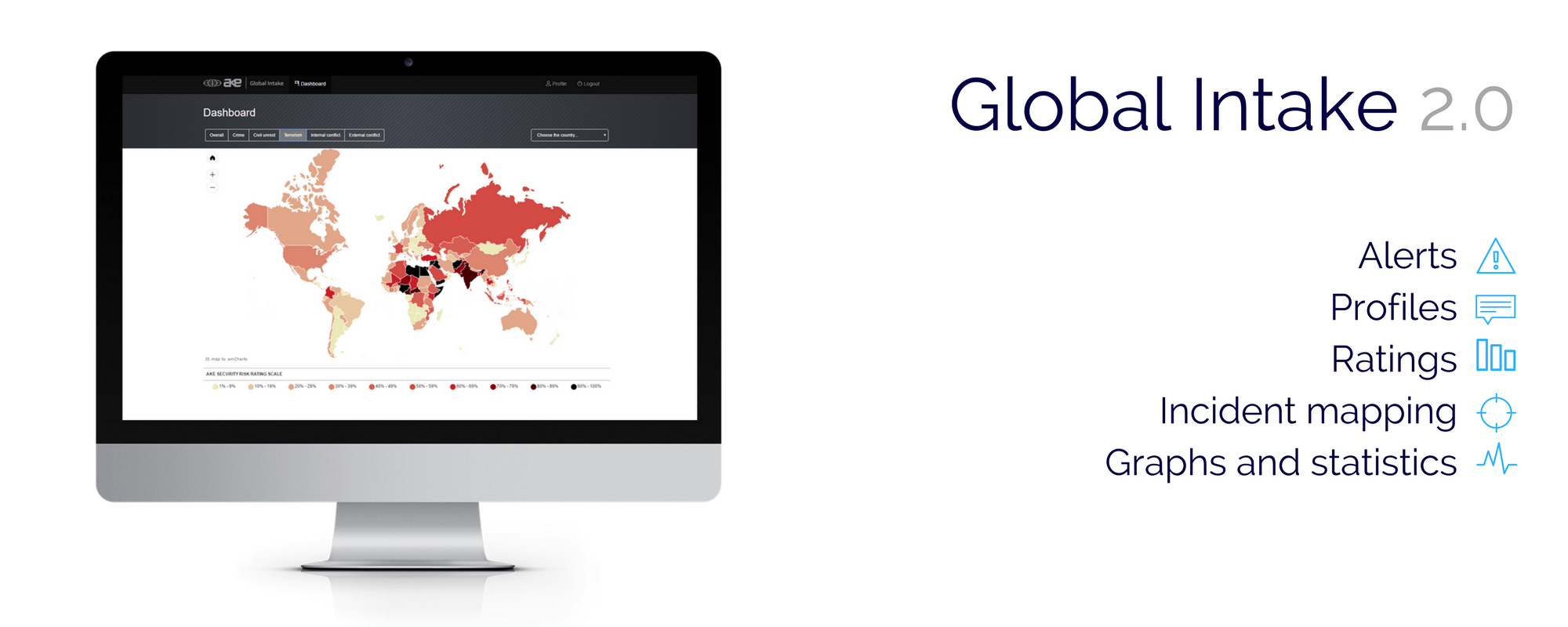Date first published: 29/04/2021
Key sectors: all
Key risks: civil war; government collapse; regional instability; international terrorism
Risk development
On 14 April, United States (US) President Joe Biden announced that all US troops – and by extension, all allied forces – will withdraw from Afghanistan by 11 September 2021, the 20th anniversary of the terror attacks which precipitated international intervention in Afghanistan and Iraq. Most plausible scenarios indicate that violence in the country will continue and may worsen.
Why it matters
For western powers, the international withdrawal should have been the point at which Afghanistan was deemed stable and secure enough to govern itself in accordance with liberal democratic norms. Instead, the country remains in a conflict increasingly resembling a civil war. The government, and the Afghanistan national defence and security forces (ANDSF) upon which it depends, appears at risk of disintegration or collapse. Vital international contractors are poised to be ejected and the spectre of international terrorism has not disappeared completely.
Background
Since Biden’s announcement, US military officials have confirmed that drawdowns have commenced. Nonetheless, the US has not secured an extension of the terms of the Trump administration’s February 2020 deal with the Taliban, under which militants would not attack foreign forces in exchange for complete withdrawal by 1 May 2021. While internal Taliban discussions about whether to resume attacks on foreign troops are ongoing, Biden’s desire to withdraw is clear. Also clear is the Taliban’s risk appetite: in recent weeks, the group has targeted joint ANDSF-US bases in Khost and Kandahar. The most likely US approach to deal with renewed attacks – more air support – could lead to retaliatory attacks, risking more foreign troop fatalities after a casualty-free period of over a year.
The ANDSF’s weakness has long been a concern, and little suggests that they are any more capable of effective, independent operations now than in the past. Government force casualty rates are at or near two-decade highs. And while the US may continue funding the ANDSF, that will not replace critical foreign military training or on-the-ground aircraft maintenance provided by contractors. If the ANDSF crumble, the government may well do the same. The country’s longstanding military factionalism – more visible during the 1990s but still at play today – would then likely dictate security dynamics. A further, overlooked possibility is a fracturing Taliban as the group gains ground and power.
The threat of international terrorism emanating from Afghanistan may now seem abstract, and the current likelihood of a repeat 9/11, particularly one planned from Afghan soil, is low. However, the recent disruption of Europe-based terror cells communicating with Islamic State (IS) regional affiliate, IS-Khorasan, and the Taliban’s demonstrable continuing relationship with al-Qaeda speak to the enduring risks that are faced as international forces withdraw. The US is likely to maintain an over-the-horizon counter-terror capability nearby. Regional actors, and/or Russia and China, may be drawn into the theatre to mitigate risks, or by perceived opportunities.
Risk outlook
Declarations that the country’s history and future is one of inescapable violence are inaccurate: Afghanistan enjoyed decades-long stability in the 20th century. However, the Taliban are determined to return to power and are in their best position to do since 2001. Given the group’s apparent lack of belief in the viability of a power-sharing government, any return governance is unlikely to be brought about peacefully. The best international forces can hope for, therefore, is to depart the country unscathed.


